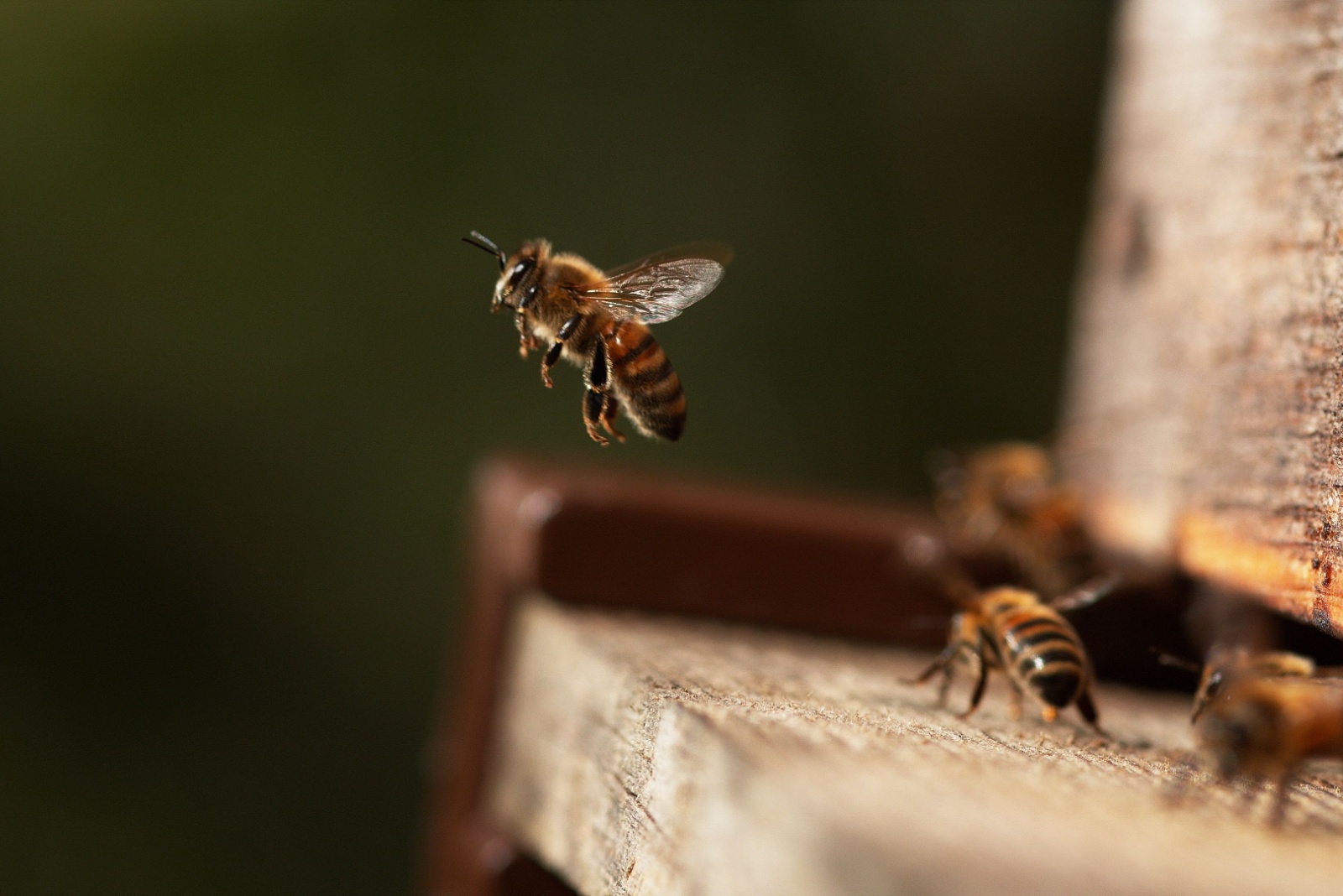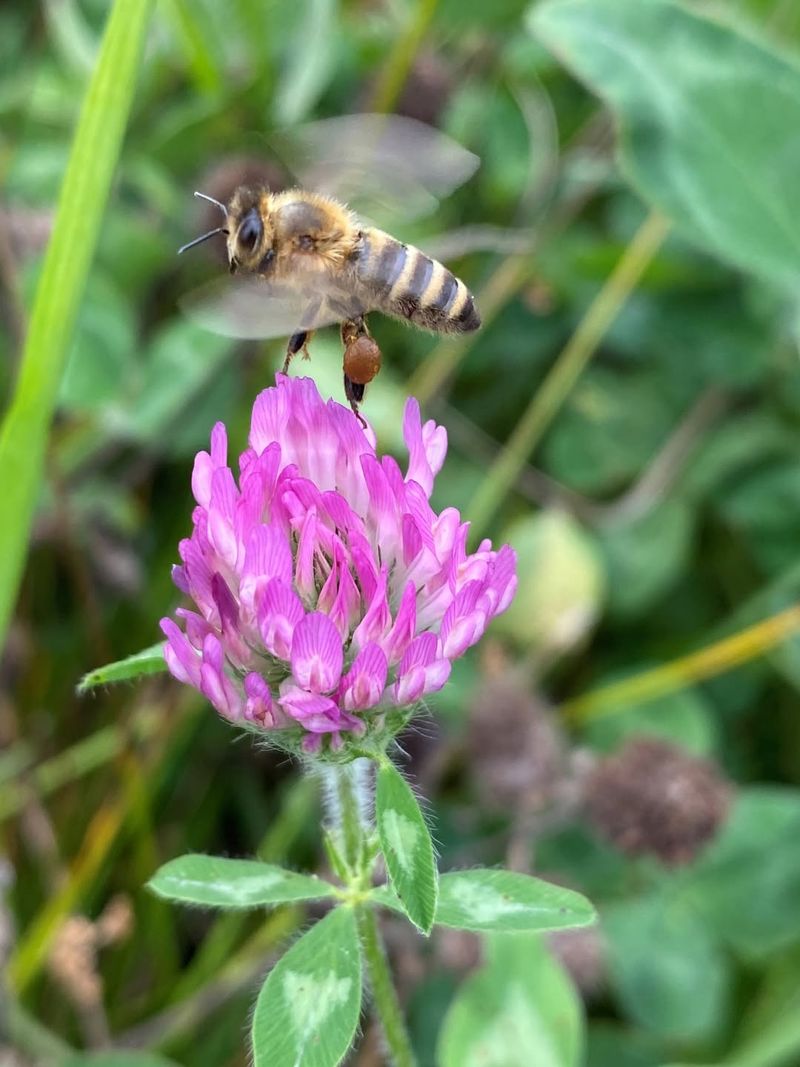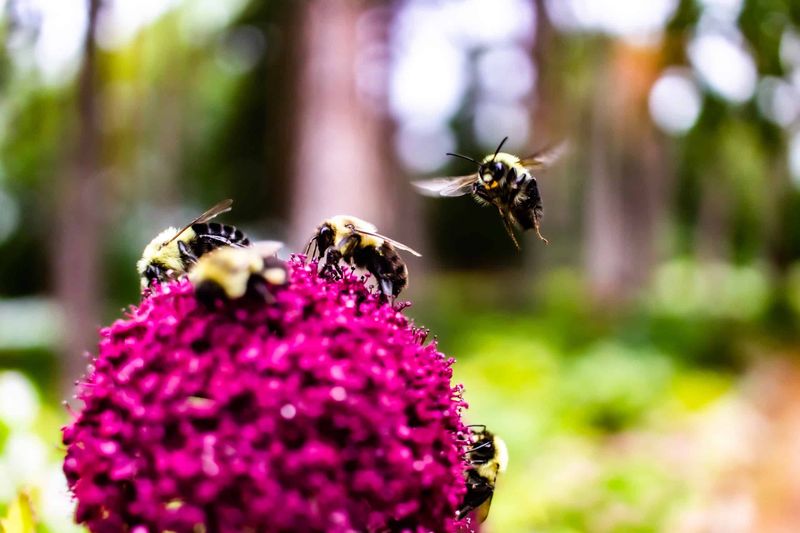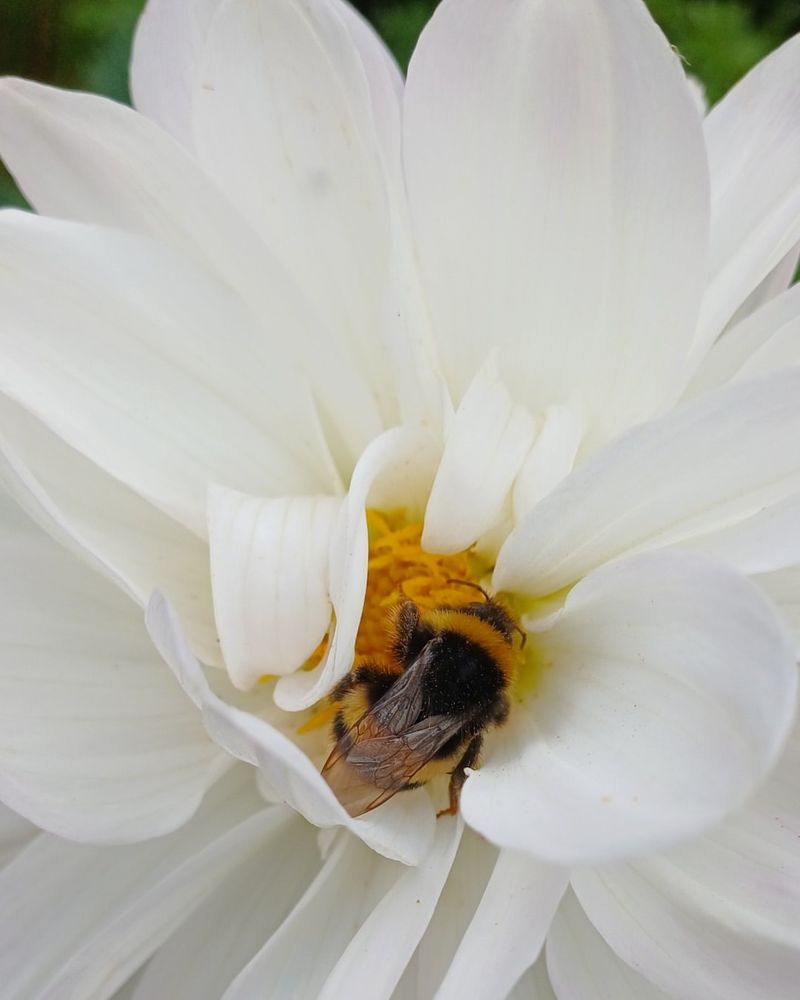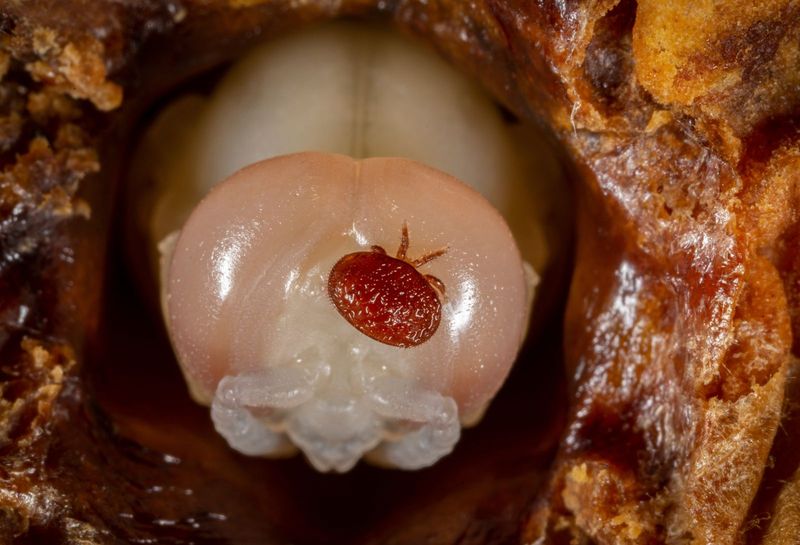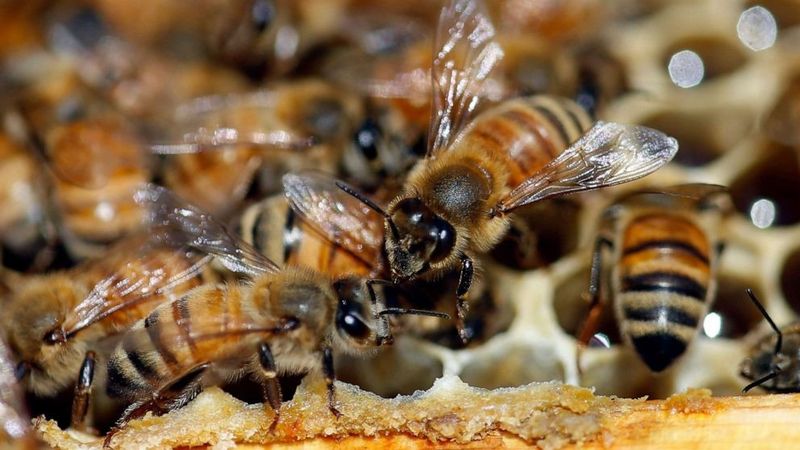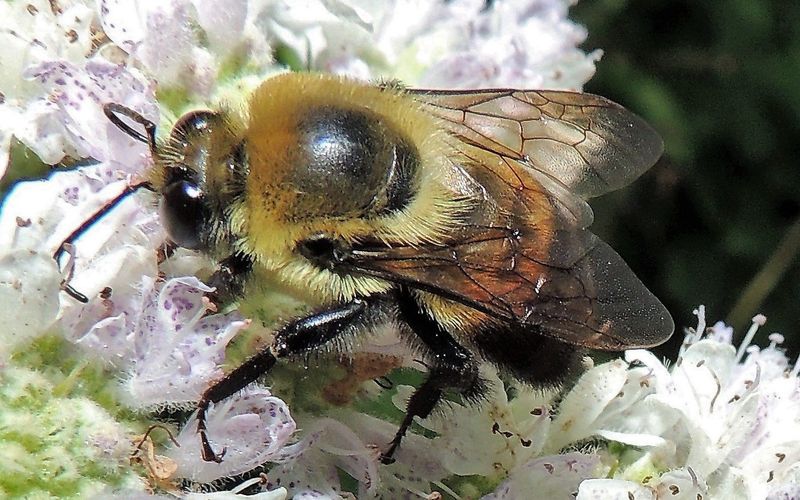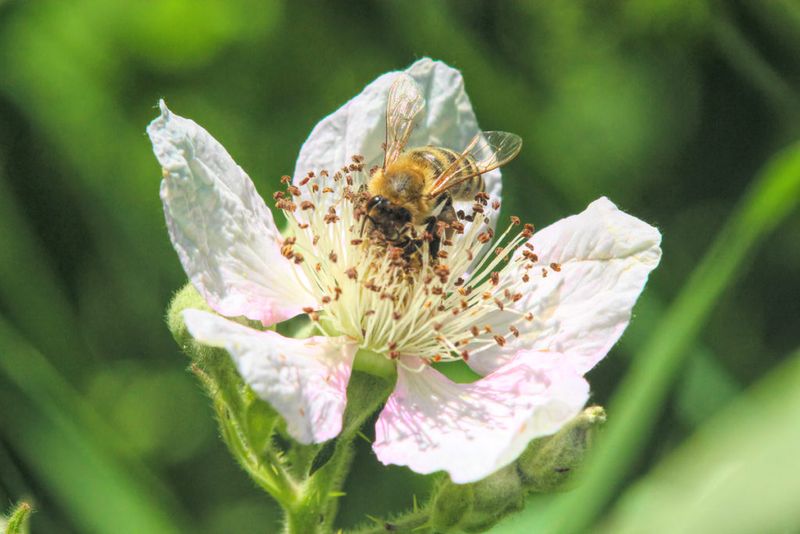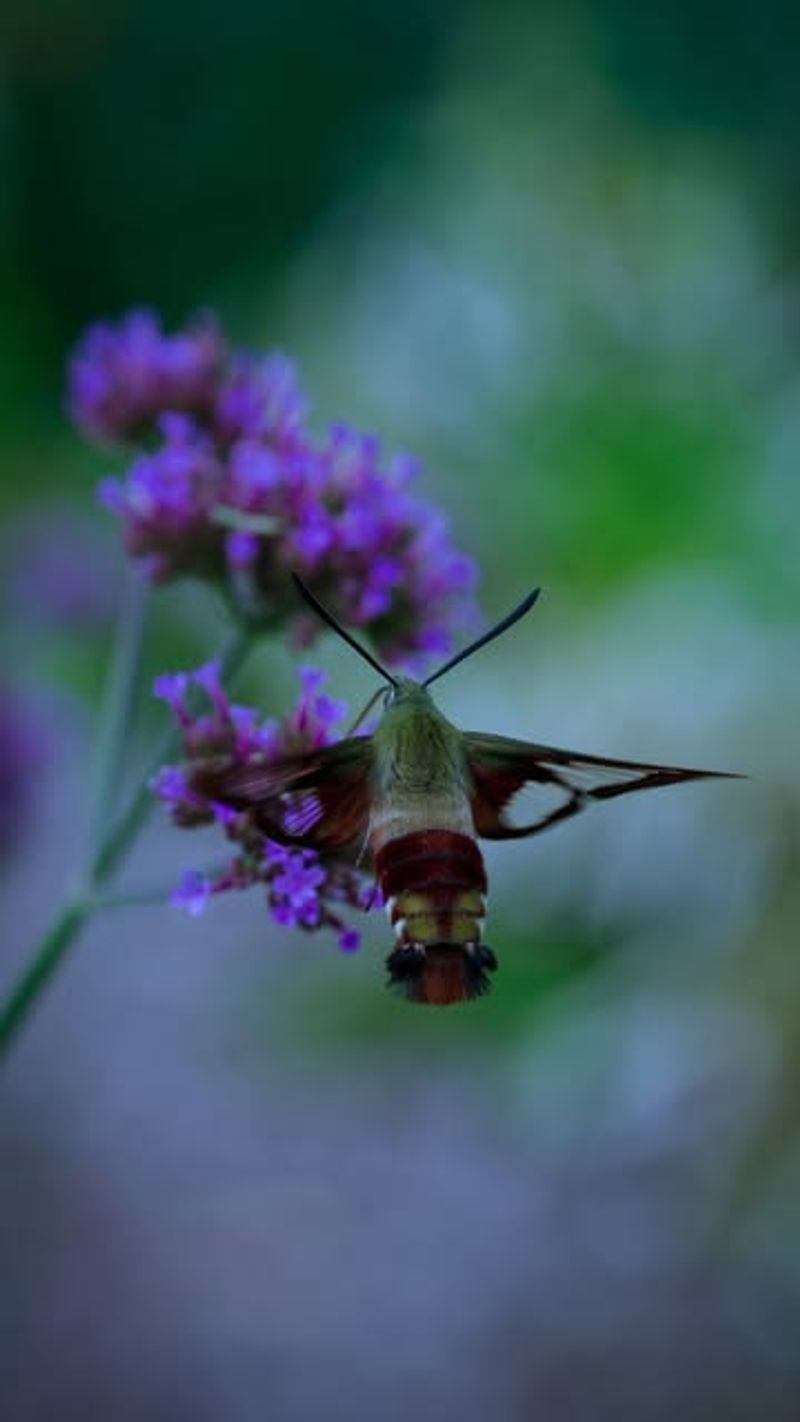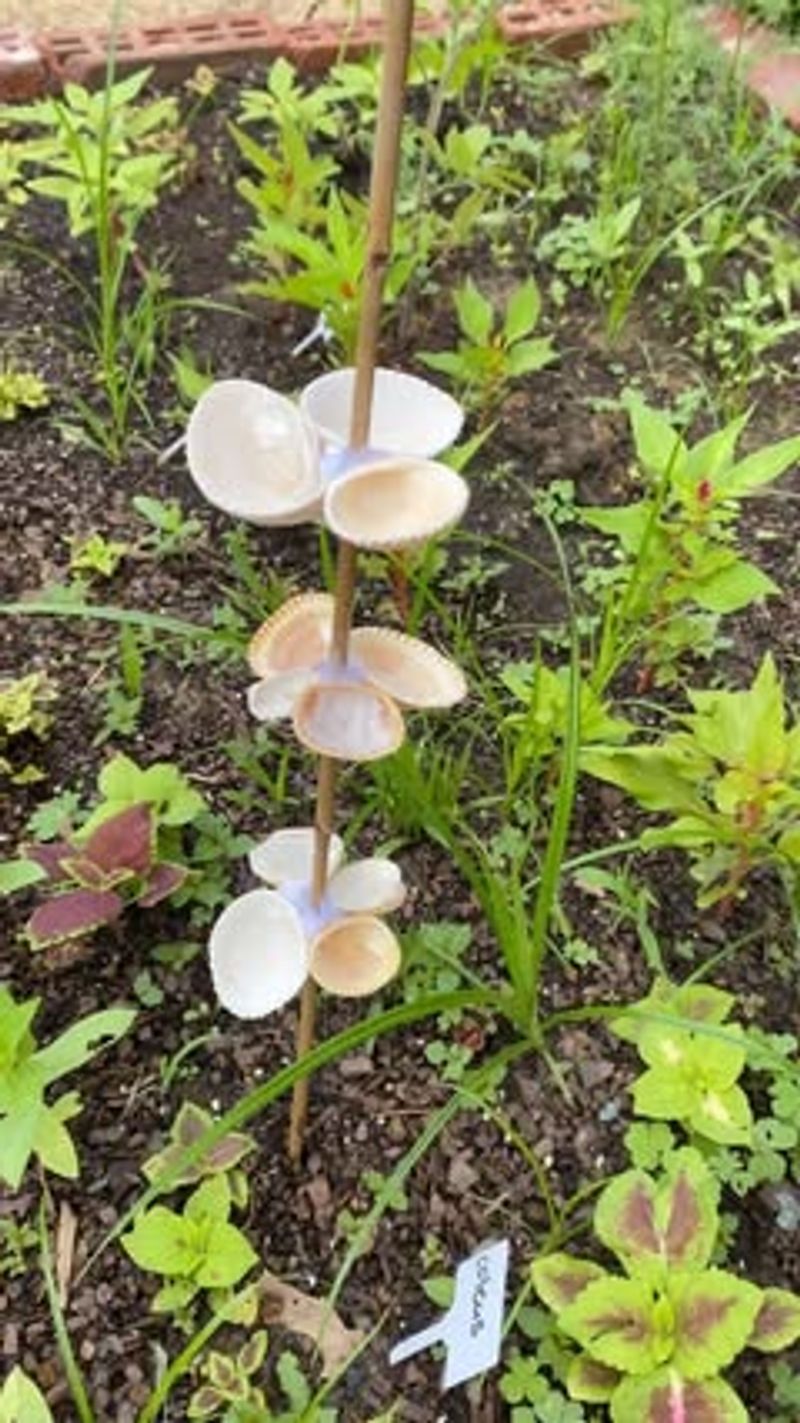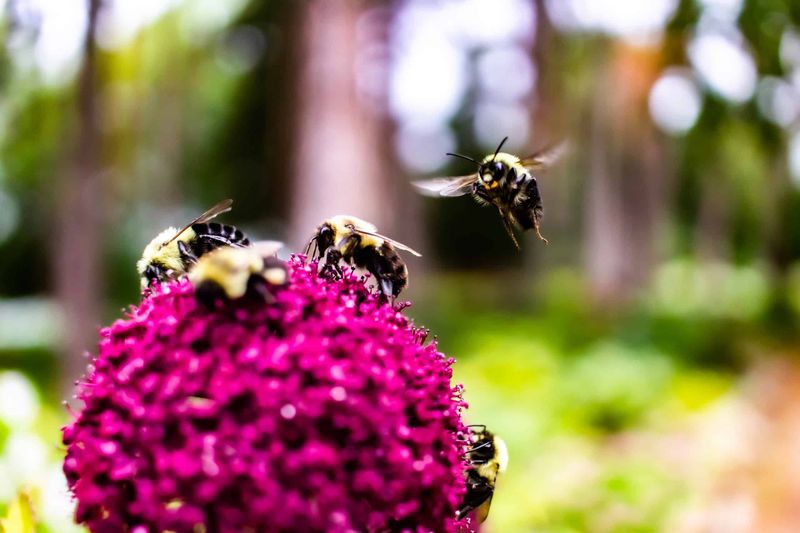Bees are some of the hardest workers in nature, buzzing from flower to flower and helping gardens bloom beautifully. But lately, Pennsylvania gardeners have noticed fewer bees visiting their yards, and that’s a problem we all need to understand.
When bee populations drop, our gardens suffer, and so does the food we eat. Let’s explore what’s causing these vital pollinators to vanish from backyards across the state.
1. Pesticides And Chemical Sprays Harm Bee Health
Many gardeners use pesticides to protect their plants from bugs, but these chemicals can be deadly to bees too. Neonicotinoids, a common type of pesticide, damage bee nervous systems and make it hard for them to fly or find their way home.
Even small amounts can weaken entire colonies over time. Instead of harsh chemicals, try natural pest control methods like companion planting or introducing helpful insects.
Your garden will stay healthy, and bees will thank you by sticking around to pollinate your flowers and vegetables.
2. Loss Of Wildflower Habitats Reduces Food Sources
Wild meadows and open fields used to cover much of Pennsylvania, providing bees with endless buffets of wildflowers. Development and lawn culture have replaced these natural spaces with concrete and grass, leaving bees hungry and homeless.
Without diverse flowers blooming throughout the seasons, bees struggle to find enough nectar and pollen. You can help by planting native wildflowers like black-eyed Susans, coneflowers, and milkweed in your yard.
Even a small patch makes a big difference for local bee populations searching for meals.
3. Climate Change Disrupts Blooming Schedules
Warmer winters and unpredictable spring weather are throwing off nature’s timing in Pennsylvania. Flowers might bloom earlier than usual, but bees emerge from hibernation on their traditional schedule, missing the feast entirely.
Extreme weather events like sudden frosts or droughts also kill flowering plants before bees can visit them. This mismatch between blooming times and bee activity creates serious food shortages.
Supporting gardens with a variety of plants that bloom at different times helps ensure bees always find something to eat, no matter what the weather brings.
4. Parasites Like Varroa Mites Weaken Colonies
Tiny varroa mites attach themselves to bees like bloodsucking vampires, draining their energy and spreading deadly viruses throughout the hive. Once a colony gets infected, it becomes weaker and more vulnerable to other threats.
These parasites have spread across Pennsylvania bee populations at alarming rates. Beekeepers work hard to control mites, but wild bee colonies often have no defense.
Healthy, diverse gardens with plenty of nutrition help bees build stronger immune systems to fight off parasites. Supporting local beekeepers also helps protect managed hives from these destructive pests.
5. Monoculture Farming Limits Dietary Variety
Driving through Pennsylvania, you’ll see huge fields growing just one crop like corn or soybeans. While efficient for farming, monoculture creates food deserts for bees who need different types of pollen and nectar for balanced nutrition.
Eating only one kind of food weakens bee immune systems, just like eating only candy would hurt humans. Agricultural areas without hedgerows or flowering borders leave bees starving despite being surrounded by plants.
Encouraging farmers to plant pollinator strips and maintaining diverse home gardens helps provide the nutritional variety bees desperately need to thrive.
6. Urban Development Destroys Nesting Sites
Bees don’t all live in hives like honeybees do. Many native Pennsylvania bees nest in the ground, hollow plant stems, or dead wood.
Construction projects and tidy gardening practices remove these essential nesting spots. When people clear away leaf piles, pull out dead plant stalks, or pave over bare ground, they unknowingly destroy bee homes. Leaving some areas of your yard a little wild helps tremendously.
Keep a brush pile, let some ground stay bare, and leave dried flower stems standing through winter to give native bees safe places to raise their young.
7. Invasive Plant Species Offer Poor Nutrition
Plants like Japanese knotweed and autumn olive have taken over many Pennsylvania landscapes, crowding out native flowers that bees evolved alongside. While bees might visit these invasive species, they often provide inferior nutrition compared to native plants.
Some invasive flowers produce nectar with lower sugar content or pollen lacking essential proteins. Bees working harder for less nutritious food become stressed and weakened.
Removing invasive plants from your property and replacing them with native Pennsylvania species gives bees access to the high-quality food sources their bodies actually need to stay healthy and strong.
8. Light Pollution Confuses Nocturnal Pollinators
Not all bees sleep when the sun goes down. Some native bee species and other pollinators work night shifts, navigating by moonlight and stars.
Bright security lights, street lamps, and decorative outdoor lighting in Pennsylvania neighborhoods disorient these nocturnal helpers. Artificial light makes it difficult for them to find flowers or return to their nests safely.
Consider using motion-sensor lights instead of all-night illumination, and choose warm-colored bulbs that disturb wildlife less. Reducing light pollution helps nocturnal pollinators do their important work while saving energy and money on your electric bill too.
9. Lack Of Water Sources During Dry Spells
Just like any living creature, bees need water to survive, especially during hot Pennsylvania summers. They use water to cool their hives, dilute honey for feeding babies, and stay hydrated while working.
Modern landscapes often lack accessible water sources, and chlorinated pools don’t work well for thirsty bees. Setting up a shallow dish with pebbles or marbles gives bees a safe landing pad to drink without drowning.
Change the water regularly to prevent mosquitoes. This simple addition to your garden provides essential relief during droughts and heat waves when natural water sources dry up completely.
10. Disease Transmission Between Managed And Wild Bees
Commercial beekeeping operations sometimes introduce diseases that spread to wild bee populations sharing the same flowers. Pathogens like deformed wing virus or nosema fungi can jump between species at feeding sites.
Wild bees lack the veterinary care that managed hives receive, making them more vulnerable to these infections. Once disease takes hold in native populations, it spreads quickly through Pennsylvania gardens.
Supporting responsible beekeeping practices and maintaining healthy, pesticide-free gardens helps all bees build resistance. Diversity in both plant and bee species creates natural barriers that slow disease transmission and protect entire pollinator communities.

